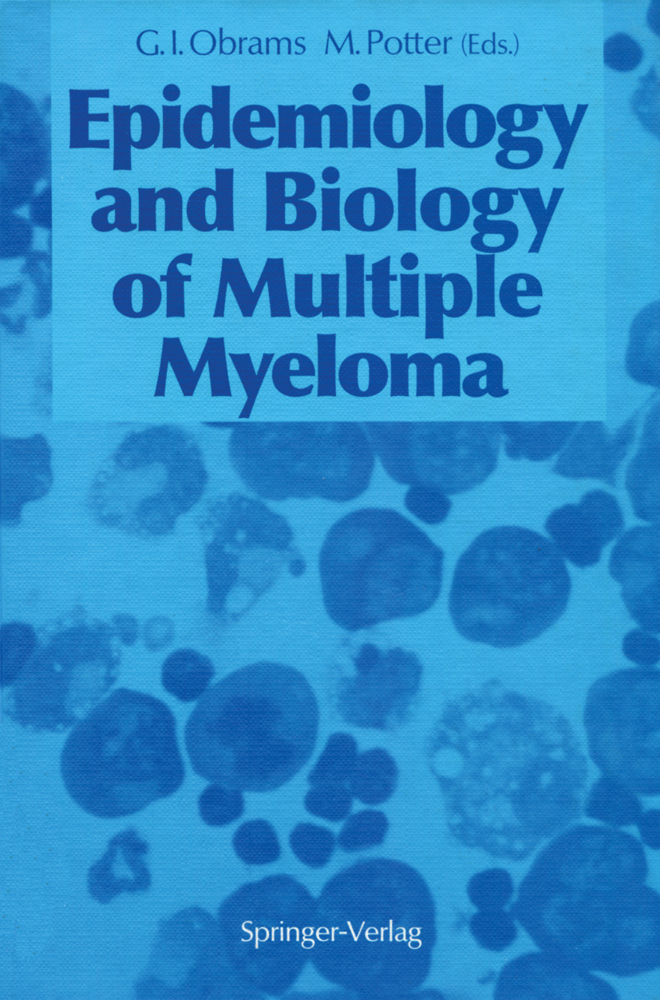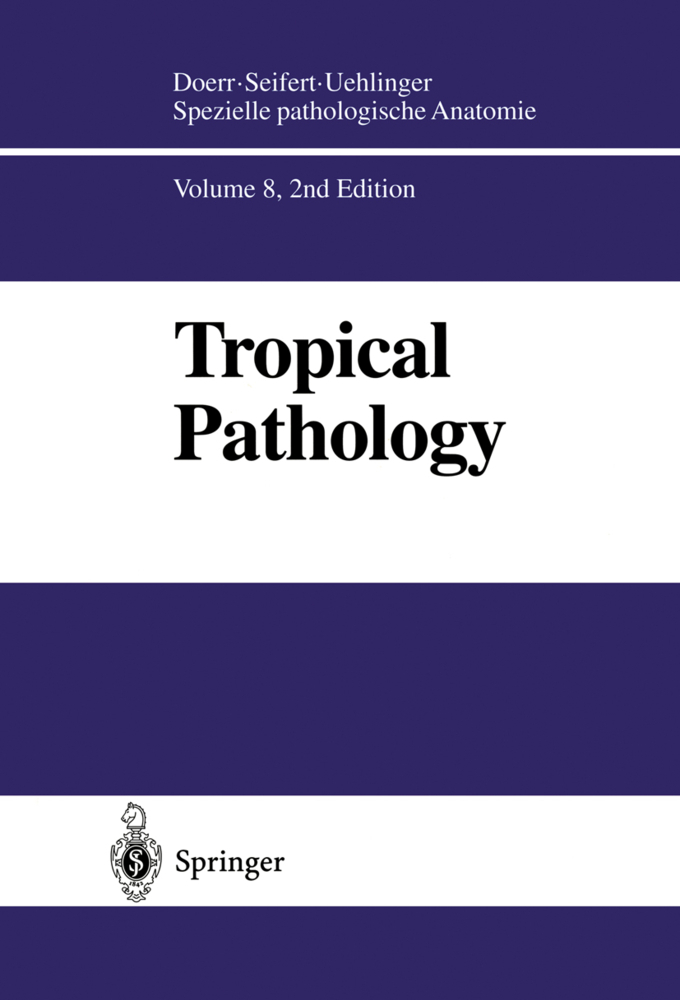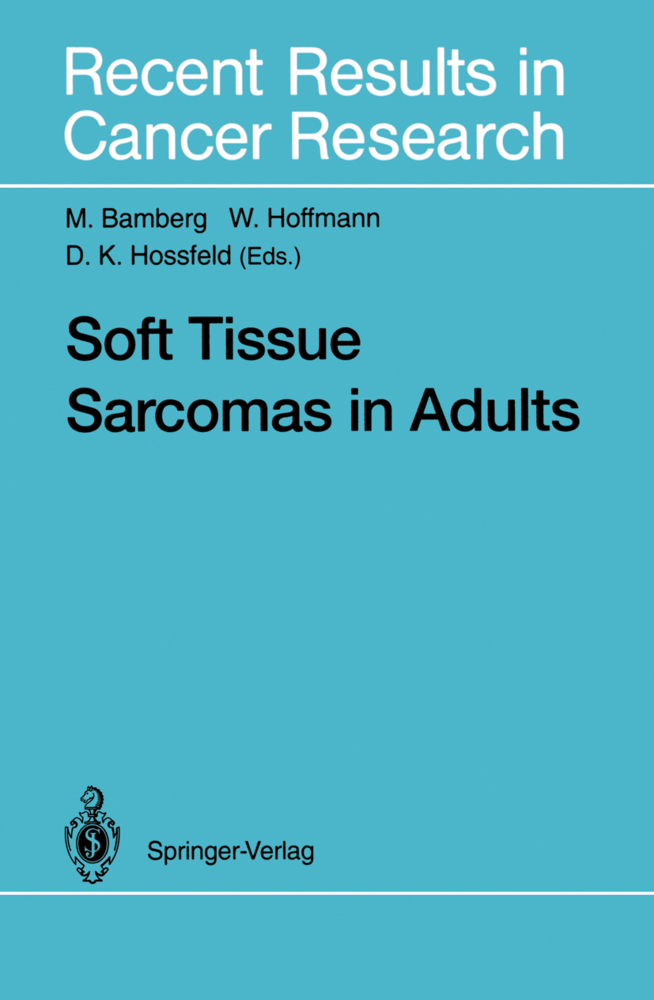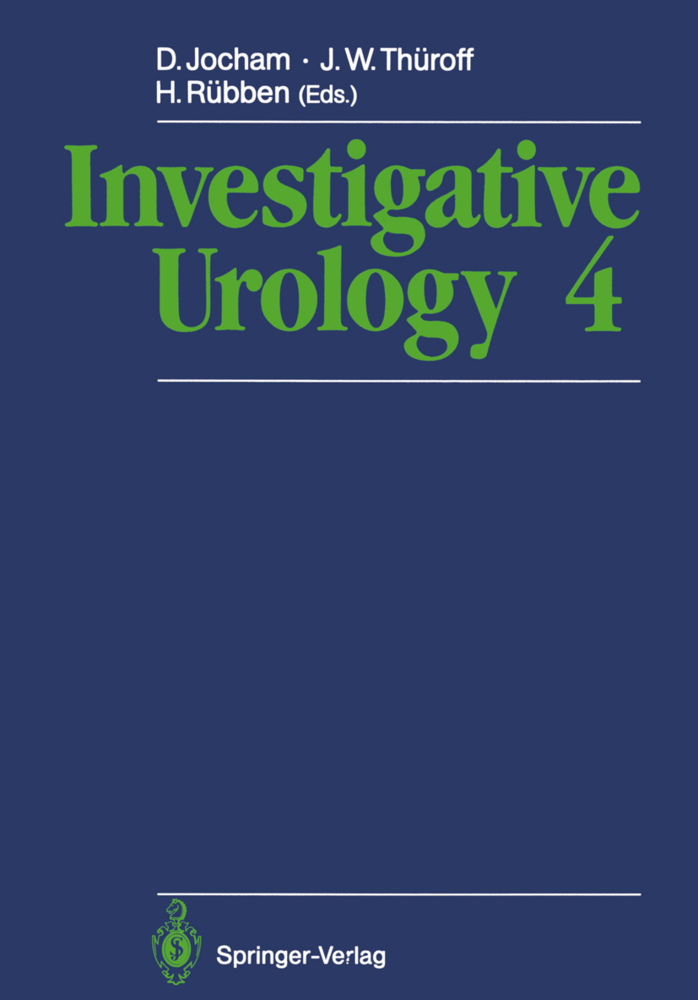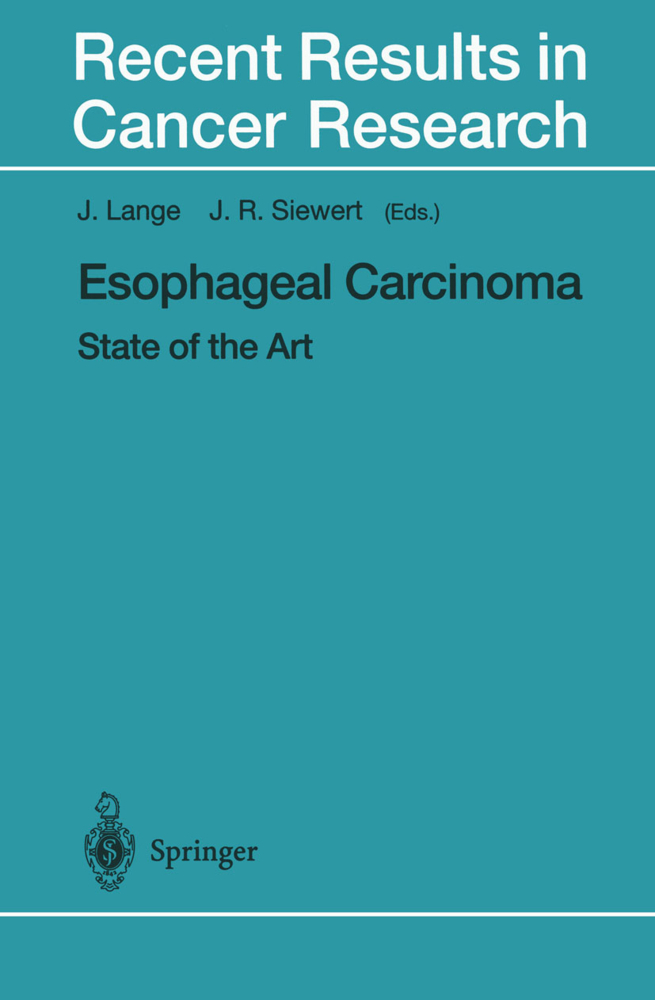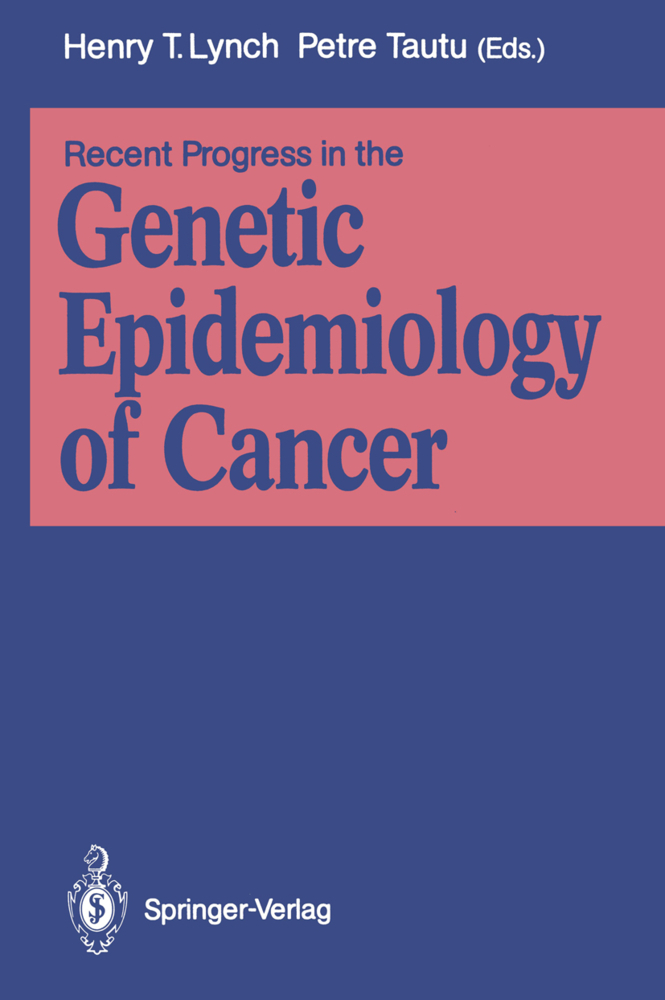Epidemiology and Biology of Multiple Myeloma
Epidemiology and Biology of Multiple Myeloma
On March 27, 1990, the National Cancer Institute sponsored a workshop on the epidemiology of multiple myeloma, held at the National Institutes of Health. This book comprises articles prepared by participants in this work shop. Discussed in these papers are: the descriptive and analytic epidemi ology, differences in risk factors between blacks and whites, monoclonal gammopathies and their progression, and hypotheses regarding the etiology and pathogenesis of multiple myeloma. Several epidemiologic research areas received particular attention during this workshop, and are reviewed in detail in this volume. There have been striking increases in the incidence of multiple myeloma over the past thirty years, especially among older individuals and blacks, which may not be entirely explained by changes in diagnostic capabilities. Occupational and environmental exposures have been associated with an increased risk of multiple myeloma, including farming exposures, occupational exposure to petroleum and rubber processing, exposure to ionizing radiation, and asso ciations with persistent virus infections. The most striking epidemiological finding is reflected in the differences in incidence rates of multiple myeloma which are twice as high in blacks as compared with whites. Further, since 1950 the mortality rates for multiple myeloma have quadrupled in blacks while doubling for whites. Among hematopoietic malignancies, multiple myeloma is the only one with increased incidence and mortality rates among blacks. 1vo major possibilities for explaining ethnic/racial differences in suscepti bility to multiple myeloma are genetic and environmental factors.
Epidemiologic Studies of Multiple Myeloma: Occupational and Radiation Effects
Multiple Myeloma in Iowa Farmers
Risk of Multiple Myeloma, Allergies and Agricultural Exposures
Leads for Future Studies from a Case-Control Study of Occupational Exposures and Multiple Myeloma in Denmark
Familial and Genetic Associations
Black/White Differences in Risk of Multiple Myeloma
Racial Variations in Immune Function and Hematological Parameters: Description of Study Design and Objectives
The Influence of Race on T-Cell Subset Distributions
Investigating Risk Factors for Multiple Myeloma among Black and White Americans
Race and Socioeconomic Status Differences in Multiple Myeloma Survival
Use of Veterans Administration Data to Identify Possible Risk Factors for Multiple Myeloma among Blacks and Whites
Multiple Myeloma in Sub-Sahara Africa
Monoclonal Gammopathies and Multiple Myeloma
Case Definition: Issues Related to Monoclonal Gammopathies and Multiple Myeloma
The Frequency of Monoclonal Gammopathy of Unknown Significance in Black and Caucasian Veterans in a Hospital Population
Racial Differences in the Expression of Shared Idiotypes by Paraproteins from Patients with Monoclonal Gammopathies
Etiologic Hypotheses
Is Chronic Antigenic Stimulation Etiologically Related to Multiple Myeloma?
The Etiology of Multiple Myeloma: A Role for Viruses?
Clinical Studies
Biology of Multiple Myeloma - An Overview
Open Discussion on the Biology of Multiple Myeloma. Chairman's Introductory Remarks
In Vitro Studies Provide Evidence that Multiple Paracrine Loops may be Operating in Multiple Myeloma
The Origin of Bone Marrow Plasma Cells.-Cytogenetic Abnormalities in Multiple Myeloma
Multiple Myeloma Evolves from a Malignant Hematopoietic Stem Cell
Amylase-Producing Multiple Myeloma
Experimental Studies
The C57BL/KaLwRij Mouse Model of B-Cell Proliferative Disorders. Is there a relationship between benign monoclonal gammapathy and multiple myeloma?
Louvain Rats and Their Immunocytomas
Induced Plasmacytoma Formation in Mice.
Descriptive and Analytical Epidemiology of Multiple Myeloma
Descriptive Epidemiology of Multiple MyelomaEpidemiologic Studies of Multiple Myeloma: Occupational and Radiation Effects
Multiple Myeloma in Iowa Farmers
Risk of Multiple Myeloma, Allergies and Agricultural Exposures
Leads for Future Studies from a Case-Control Study of Occupational Exposures and Multiple Myeloma in Denmark
Familial and Genetic Associations
Black/White Differences in Risk of Multiple Myeloma
Racial Variations in Immune Function and Hematological Parameters: Description of Study Design and Objectives
The Influence of Race on T-Cell Subset Distributions
Investigating Risk Factors for Multiple Myeloma among Black and White Americans
Race and Socioeconomic Status Differences in Multiple Myeloma Survival
Use of Veterans Administration Data to Identify Possible Risk Factors for Multiple Myeloma among Blacks and Whites
Multiple Myeloma in Sub-Sahara Africa
Monoclonal Gammopathies and Multiple Myeloma
Case Definition: Issues Related to Monoclonal Gammopathies and Multiple Myeloma
The Frequency of Monoclonal Gammopathy of Unknown Significance in Black and Caucasian Veterans in a Hospital Population
Racial Differences in the Expression of Shared Idiotypes by Paraproteins from Patients with Monoclonal Gammopathies
Etiologic Hypotheses
Is Chronic Antigenic Stimulation Etiologically Related to Multiple Myeloma?
The Etiology of Multiple Myeloma: A Role for Viruses?
Clinical Studies
Biology of Multiple Myeloma - An Overview
Open Discussion on the Biology of Multiple Myeloma. Chairman's Introductory Remarks
In Vitro Studies Provide Evidence that Multiple Paracrine Loops may be Operating in Multiple Myeloma
The Origin of Bone Marrow Plasma Cells.-Cytogenetic Abnormalities in Multiple Myeloma
Multiple Myeloma Evolves from a Malignant Hematopoietic Stem Cell
Amylase-Producing Multiple Myeloma
Experimental Studies
The C57BL/KaLwRij Mouse Model of B-Cell Proliferative Disorders. Is there a relationship between benign monoclonal gammapathy and multiple myeloma?
Louvain Rats and Their Immunocytomas
Induced Plasmacytoma Formation in Mice.
| ISBN | 978-3-642-76657-2 |
|---|---|
| Artikelnummer | 9783642766572 |
| Medientyp | Buch |
| Auflage | Softcover reprint of the original 1st ed. 1991 |
| Copyrightjahr | 2012 |
| Verlag | Springer, Berlin |
| Umfang | XV, 192 Seiten |
| Abbildungen | XV, 192 p. 6 illus. |
| Sprache | Englisch |

